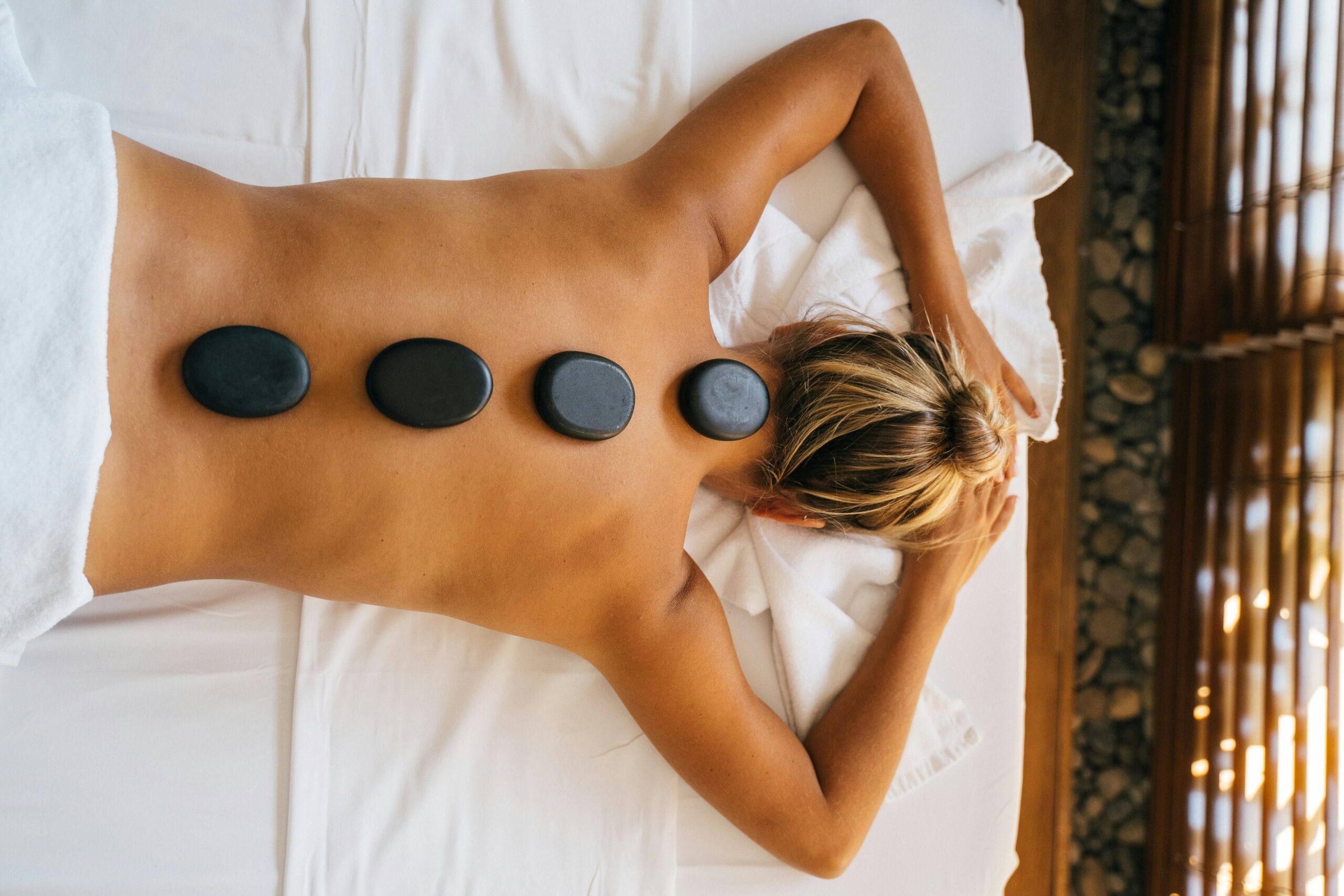10 Practical Tips for Mindfulness and Stress Reduction
In today’s fast-paced world, finding inner calm and mental clarity can feel like an impossible task. Stress and anxiety have become everyday companions for many. This article reveals 10 practical tips for mindfulness and stress reduction that can help restore balance, enhance focus, and improve your well-being.

Understanding the Fundamentals
Mindfulness is the art of being fully present in the moment, observing your thoughts and feelings without judgment. It’s a practice rooted in ancient meditation traditions, now validated by modern psychology for its powerful impact on stress reduction.
These fundamentals are essential because they lay the groundwork for building a more resilient, centered mind. Just as athletes train their bodies, mindfulness trains the mind to respond rather than react to stress.
1.1 The Concept of Present Awareness
Present awareness means engaging with your current environment using all five senses. Whether it’s feeling the warmth of sunlight or savoring a bite of food, mindfulness brings depth to simple experiences. Studies show that practicing present awareness can lower cortisol levels—the body’s primary stress hormone.
Real-world applications include mindful eating, walking, or simply taking mindful pauses during the day. A common misconception is that mindfulness requires extended meditation; in reality, it’s about moment-to-moment awareness.
1.2 The Role of Breath Control
Breath control is often confused with deep breathing, but it’s more nuanced. It involves noticing and regulating your breath to influence your emotional state. Unlike distraction techniques, mindful breathing anchors your awareness to the now.
For instance, box breathing—a technique used by Navy SEALs—helps manage performance anxiety. Practicing it regularly enhances focus, calms the nervous system, and supports long-term stress reduction goals.
Practical Implementation Guide
Once you’ve grasped the basics, the next step is applying these mindfulness strategies consistently. Like building any habit, regular practice is key to achieving lasting stress relief.

2.1 Actionable Steps
- Morning Check-ins: Start your day with a 5-minute body scan. Lie still and mentally scan from head to toe, noting areas of tension and letting them go.
- Breath Anchoring Tools: Use a simple timer or a meditation app to guide your breath for 5-10 minutes daily. Apps like Insight Timer offer structured support.
- Daily Milestones: Set achievable goals like “3 mindful breaths before each meeting” or “journal for 10 minutes in the evening.” Track these in a habit app for accountability.
2.2 Overcoming Challenges
Common obstacles include mental restlessness, lack of time, and self-judgment. These can derail progress but are part of the journey. Recognize and accept distractions without frustration.
Solutions include:
- Start small—just 2 minutes is enough to begin.
- Use environmental cues like a phone chime as reminders.
- Practice self-compassion by accepting lapses as part of growth.
Look out for warning signs like irritability or avoidance; they often indicate it’s time to re-engage with your practice.
Advanced Applications
As mindfulness becomes second nature, you can begin to explore advanced techniques. These approaches deepen the practice and extend it into broader areas of your life for maximum stress reduction.

3.1 Mindful Journaling and Visualization
Advanced practitioners often use journaling to reflect on triggers and emotions. Writing your thoughts fosters awareness and insight. Visualization, meanwhile, helps reframe stress responses by mentally rehearsing calm outcomes in challenging scenarios.
Performance metrics like heart rate variability (HRV) and reduced anxiety levels have shown improvement in those who regularly practice mindful journaling and imagery.
3.2 Integration into Workflows
Mindfulness doesn’t stop when you enter the office. Integrating practices into your workflow—such as taking breath breaks before sending emails or pausing before responding in meetings—creates a more thoughtful work culture.
Compatibility with tools like digital calendars, wellness trackers, and even noise-canceling headphones makes it easier to implement seamlessly into professional settings.
Future Outlook
Mindfulness is not just a wellness trend—it’s becoming a strategic tool in education, healthcare, and corporate training. Emerging innovations include AI-guided meditation and biometric feedback wearables.
Over the next 3–5 years, expect integration of mindfulness in digital health plans and insurance programs. Readers can prepare by embracing daily practice now, staying informed, and seeking out community-based mindfulness groups.
Conclusion
To summarize:
- Mindfulness anchors us in the present, reducing stress significantly.
- Daily routines like breathwork and journaling amplify these effects.
- Long-term consistency leads to measurable improvements in mental clarity.
Incorporating these 10 practical tips for mindfulness and stress reduction can transform your daily experience. Start today—your mind and body will thank you.
Ready to experience more calm and clarity? Begin with just five minutes today and build from there. Explore what mindful living can do for you.
Frequently Asked Questions
- Q: What is mindfulness? Mindfulness is the practice of being fully aware and present in each moment, without judgment. For example, noticing the sensation of each breath without trying to change it.
- Q: How do I start with mindfulness? Begin with short daily practices like focused breathing or body scans. Gradually increase the duration as you get more comfortable.
- Q: How much time does it take daily? You can start with as little as 2–5 minutes a day. With practice, many people aim for 15–30 minutes daily, depending on their needs.
- Q: Is mindfulness expensive to practice? No, it’s generally free. All you need is time and willingness. Apps or books may help but aren’t necessary.
- Q: How does mindfulness compare to therapy? While mindfulness supports mental health, it’s not a replacement for therapy. However, it can complement therapeutic techniques effectively.
- Q: Is mindfulness difficult to learn? It may feel unfamiliar at first, but it’s simple and accessible. Like any skill, it improves with regular practice.
- Q: Can mindfulness help in high-stress jobs? Absolutely. Fields like healthcare, tech, and finance are increasingly adopting mindfulness training to manage stress and improve focus.
